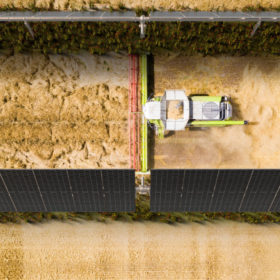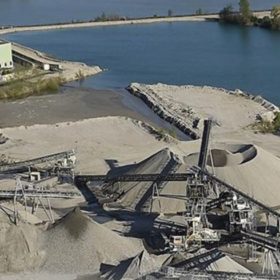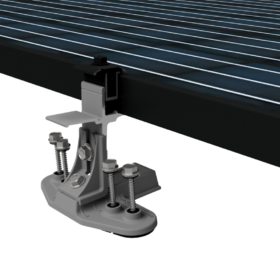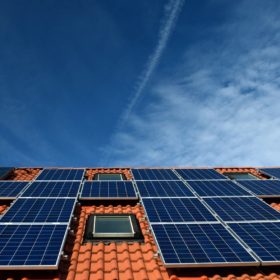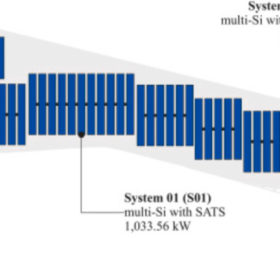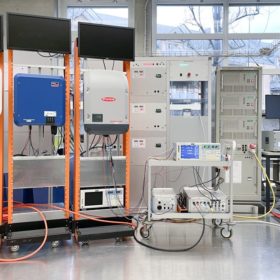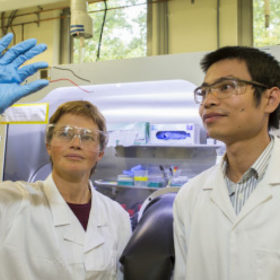Only5mins! – Europe’s hottest heat pump markets
pv magazine speaks to Jan Rosenow, principal and director of European programs for the Regulatory Assistance Project (RAP), about Europe’s top heat pump markets. He says Poland, Slovakia, Sweden, Germany and Finland posted the strongest growth in 2022.
European developers signed 8.4 GW of PPA deals in 2022
Developers signed 8.4 GW of power purchase agreements (PPAs) in Europe in 2022, down 21% by volume from the preceding year, according to Pexapark’s newly published annual report. However, the Swiss consultancy notes that the 161 deals that were actually signed rose by 4.5% year on year, with Spain leading the way.
Iberdrola to deploy 25 MW floating PV plant on gravel pit in France
Iberdrola has secured a new 25 MW floating PV project in a tender in the municipality of Kurtzenhouse, Alsace, France.
SnapNrack introduces solar mount that attaches to module before roof
SnapNrack’s TopSpeed solar mount begins installation on the ground, which limits time spent on rooftops.
Tongwei adds solar modules to its PV powerhouse
Chinese PV manufacturer TW Solar (Tongwei Co., Ltd.) TW Solar spoke to pv magazine at the recent World Future Energy Summit (WFES) in Abu Dhabi about its strategy for the Middle East and North Africa (MENA) region and other global markets.
Only5mins! – Turning disused underground mines into batteries
Scotland’s Gravitricity is developing gravity-based storage facilities in former mine shafts to stabilize electricity networks at 50 Hz, by responding to full power demand in less than a second. CEO Charlie Blair speaks to pv magazine about the potential and limitations of the tech, and how it compares to lithium-ion battery storage.
Dutch parliament approves proposal to phase out net metering
The House of Representatives of the Netherlands has voted to end net metering. If the Dutch Senate approves the proposal, it could usher in a new era for rooftop PV, with storage becoming crucial for the country’s energy transition.
New study shows lower environmental impact with single-axis trackers
Brazilian researchers have compared the environmental impact of two PV plants – one with polycrystalline solar modules mounted on fixed-tilt trackers, and another with the same modules mounted on single-axis trackers. The life cycle assessment shows the system with single-axis trackers reduced carbon gas emissions by 24%, land use by 20%, and water use by 7%.
Survey shows 34.3% failure rate for residential inverters over 15 years
The Bern University of Applied Sciences in Switzerland has published the initial results of a survey on the durability and performance of residential PV inverters and power optimizers over a 15-year period. They found that more than 65% of the inverters did not present yield-relevant faults by their 15th year of operation.
Australian scientists hit 30.3% efficiency with tandem perovskite-silicon PV cell
A research team at Australian National University (ANU) has claimed an efficiency of 30.3% for a tandem solar cell made by mechanically stacking a perovskite cell and silicon cell.

